That Is Ridiculous
Photographer Sean Marc Lee’s images are refreshingly inconsistent: Next to an absurd but touching photo of two pairs of feet pressed together, their owners out of frame, is a portrait of an older man at a cafe, chopsticks in hand, with his lunch hanging out of his mouth.
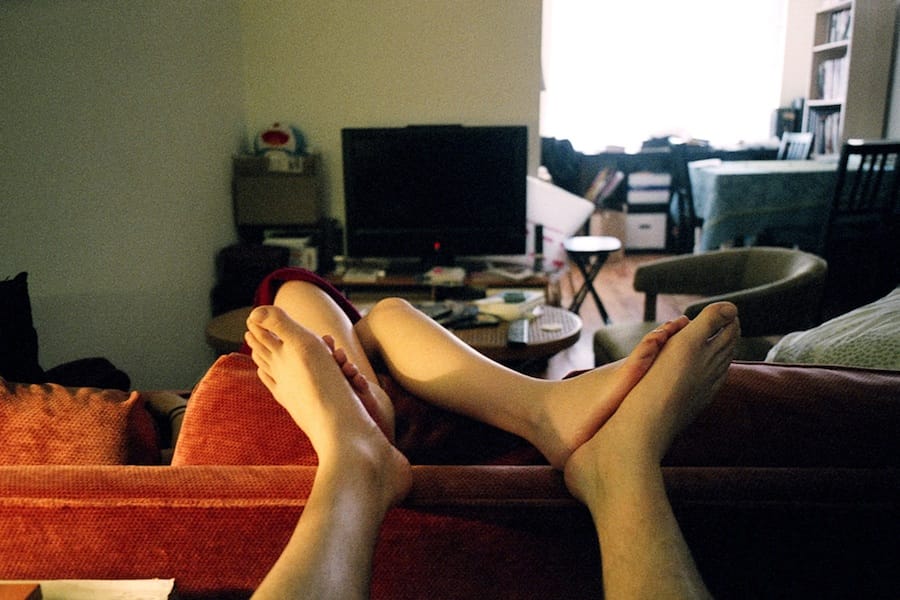
Interview by Nozlee Samadzadeh
What does the title of the show, “Chi Seen,” mean?
Chi Seen is Cantonese for essentially “Crazy!” or “That’s ridiculous!” The literal translation however is two parts, “Chi” meaning “sticky” and “seen” meaning “string.” So essentially, “sticky string.” It’s used to imply one’s head is all wound up in a ball of string. However, it’s kind of more used as a slang and can also imply “what the fuck?” But to really understand the context in use of the show, it’s sort of a family slogan that my siblings and my father all use when we talk to each other. Continue reading ↓
Chi Seen! is on view at K&K Photography Gallery through Dec. 26, 2010. All images used with permission, © copyright the artist, all rights reserved.
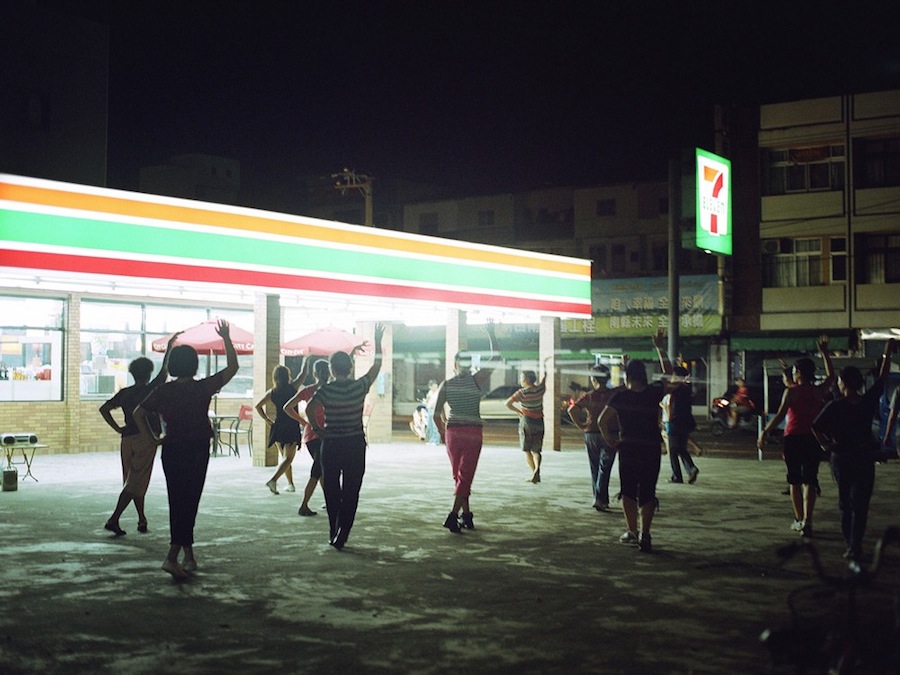
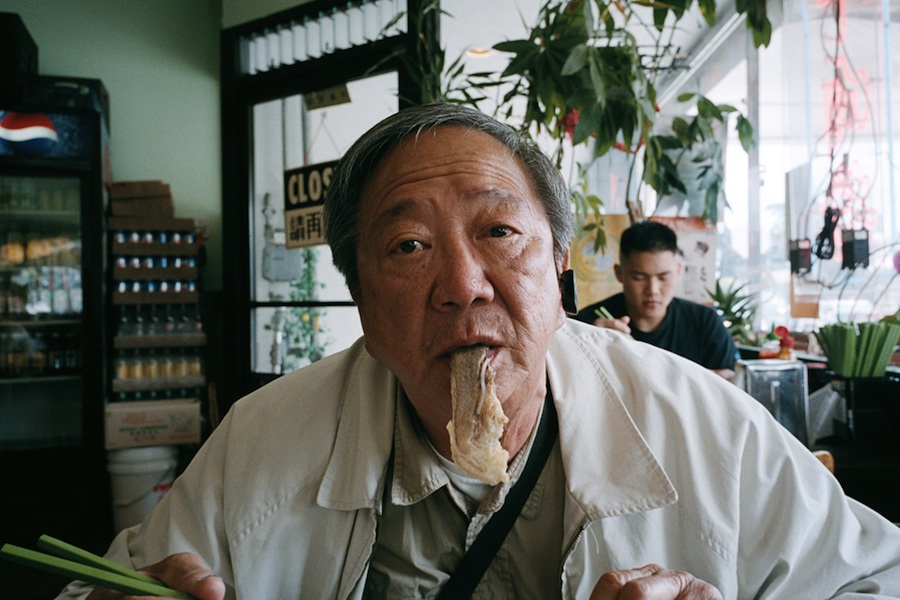


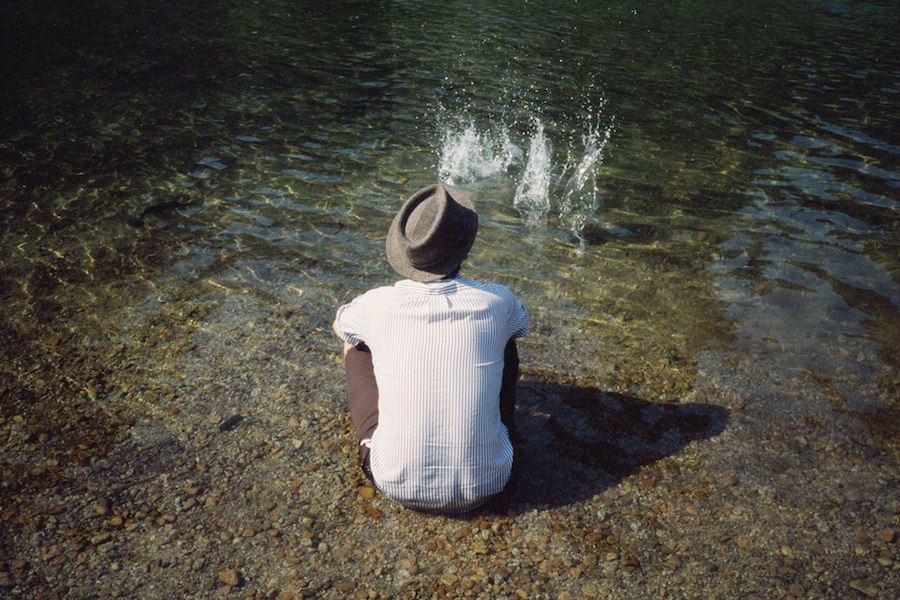
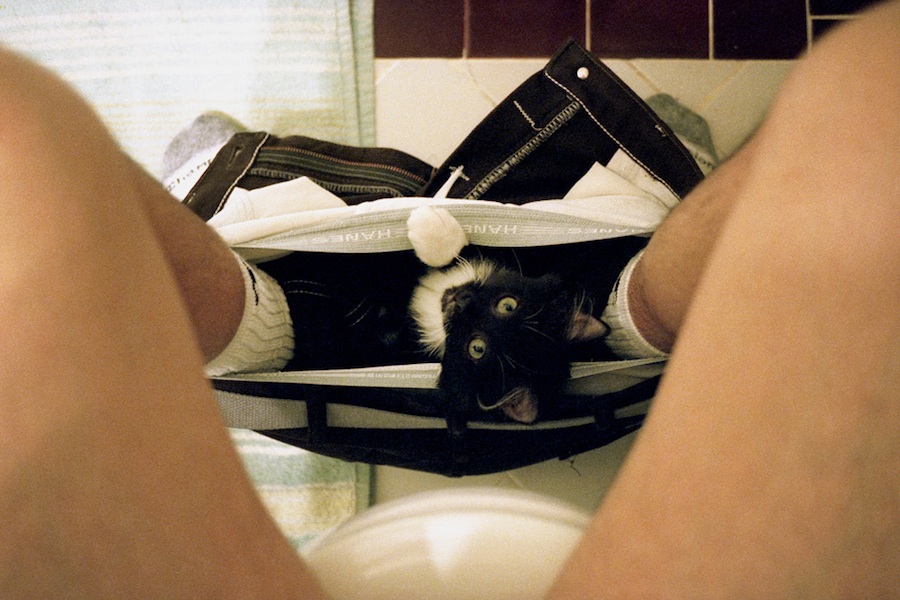
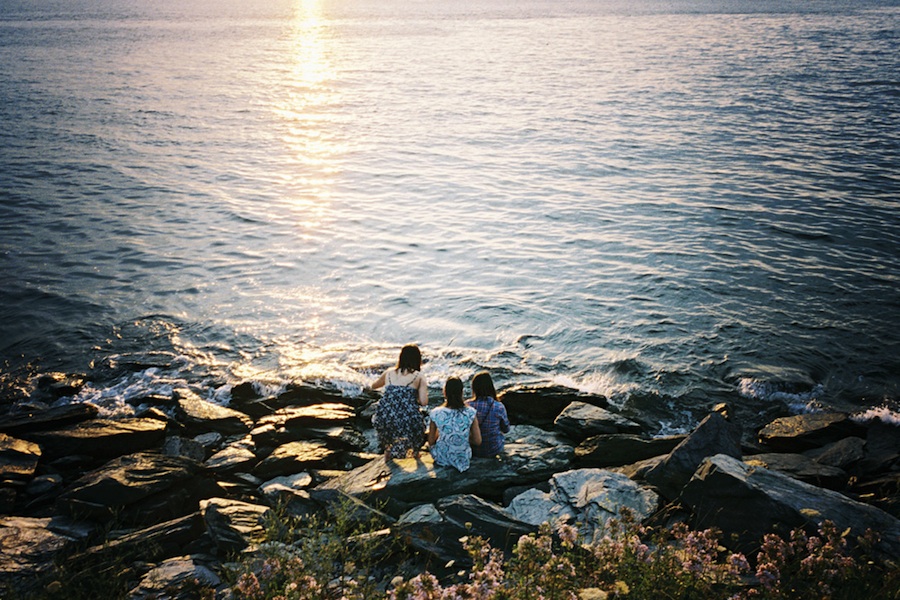
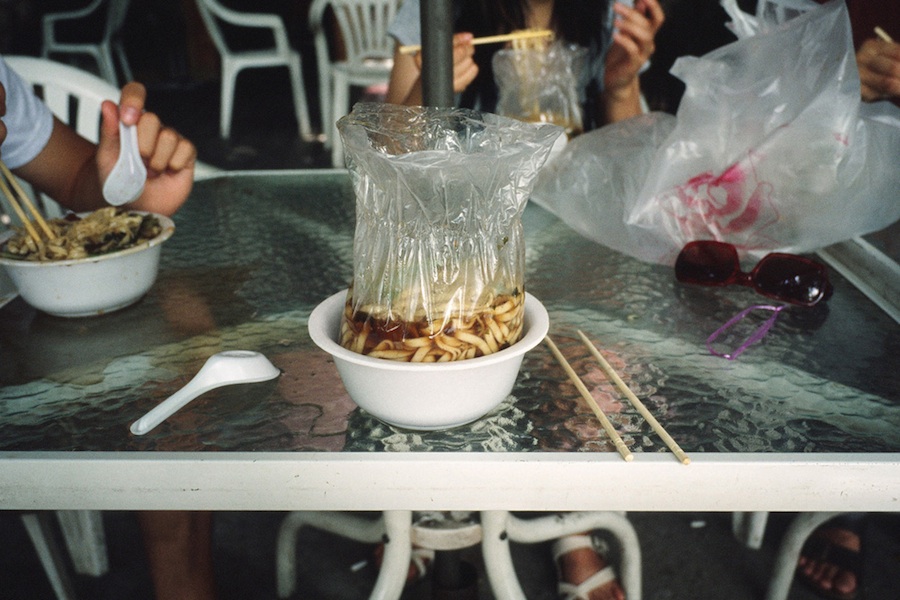



Interview continued
Why did you decide to focus on Chinese-Americans?
I wouldn’t say this is a conscious effort, for the most part these are all people I know. Friends, family, and people I’ve met in my travels.
Describe a photo shoot. Was the process a collaborative one with your models?
Depends on the type of photo shoot. If it is someone I know, I already have an inkling of the ways I am interested in them, whether it be physically, emotionally, or in terms of personality. Oftentimes, it’s just something I notice that I will catch luckily with a camera, or I make them repeat it with a slight twist. In that regards, it’s always a collaborative one as I am responding to the person and the environment around them. Now as far as a commercial shoot goes, especially with someone you just met for the first time, I have to ease into finding what makes them comfortable and talking to them. If they are not professional models, it’s a much more personal process of getting the feel for a person. Mostly, it’s intuition and singling things out you notice while in their presence.
There’s a humor to some of the photos, and some are more poignant and sad. There are over a hundred photos in this series—can you give us an idea of the breadth and depth of the subject matter you tackle?
I suppose the body of work as a whole is really just how I see the world. That is a broad topic of course—certain moments are when I am trying to tell a story consisting of a certain moment. Others tend to be just quick observations of and only of that moment, that one can never really replicate without it coming off trite or forced. I come from a film/cinema background, so I’ve always focused mostly on seeing the world cinematically first and foremost. On the auxiliary side, I feel like many of these photos are all details and facets of the specific person in the photo and it’s something I just want to show.
How has your relationship to your Chinese heritage evolved over time?
I’ll keep this one short: I’ve definitely grown much more fond of it in the last six to seven years. We have amazing food and a rich cultural history. But I won’t limit that to just Chinese, I’ll apply that to all ethnicities. I am definitely proud of who I am.
What makes someone an American?
Choices.
How do you think these photos relate to the world of modern Chinese art?
I’m not exactly sure what is modern now. Though I do believe the things that are popular now at the moment really isn’t all that interesting. What the kids are doing over in China, Japan, Taiwan, Korea, and most of Asia interests me. Especially places like Beijing where only recently have the youth there had so much to play with. By this I mean: art, cameras, supplies, technology. It’s like they are looking at the world differently for the first time. As far as my photos go, I don’t have an opinion on how it relates on a larger context. This is just what I do.
What are you working on now?
I’m trying to finish up a book of collected photos from when I spent two weeks in Taiwan helping a good friend shoot a film mostly in the countryside. I’m hoping to have it finished sometime in January and to self-print it. Some of the photos are in the show so check them out!
